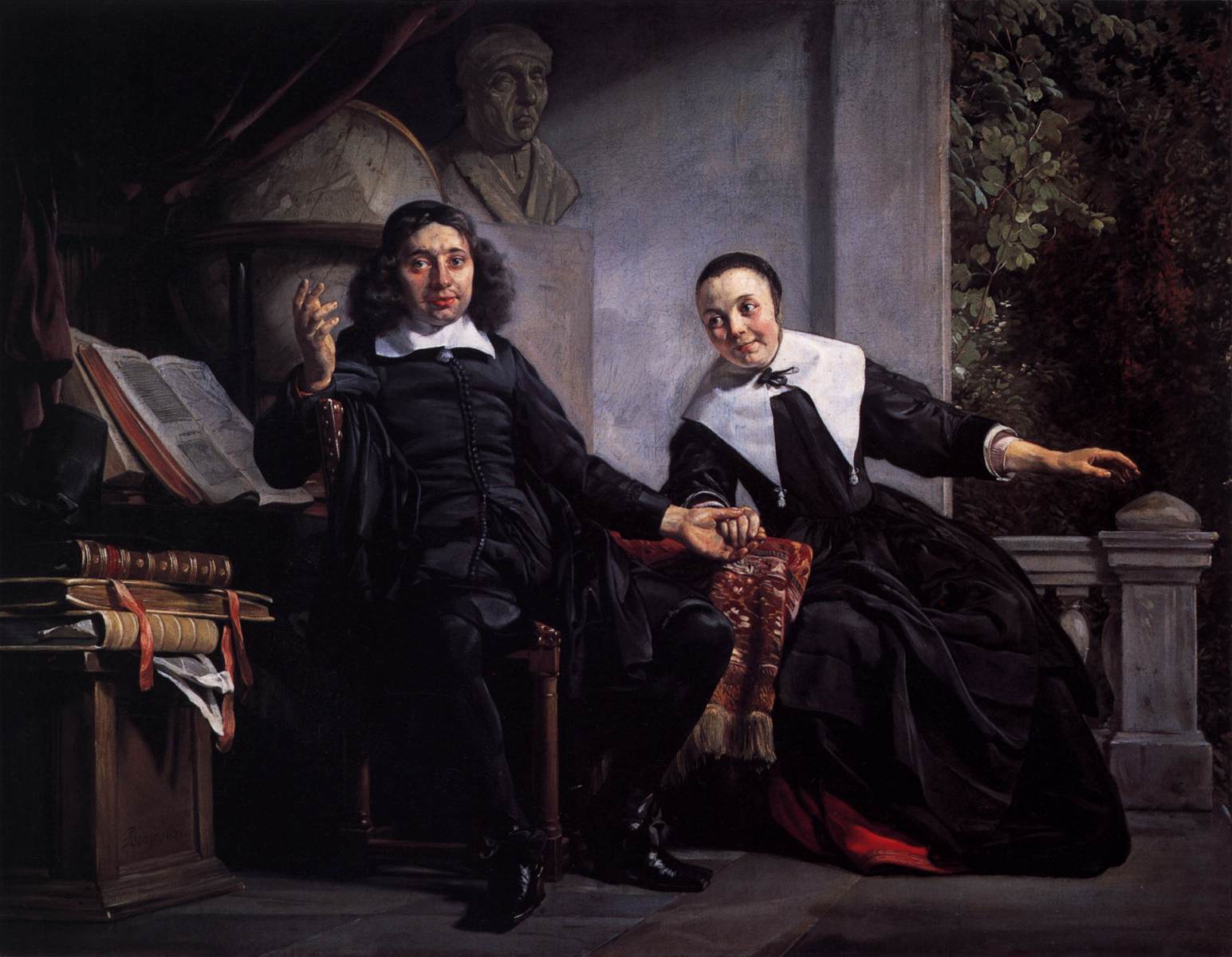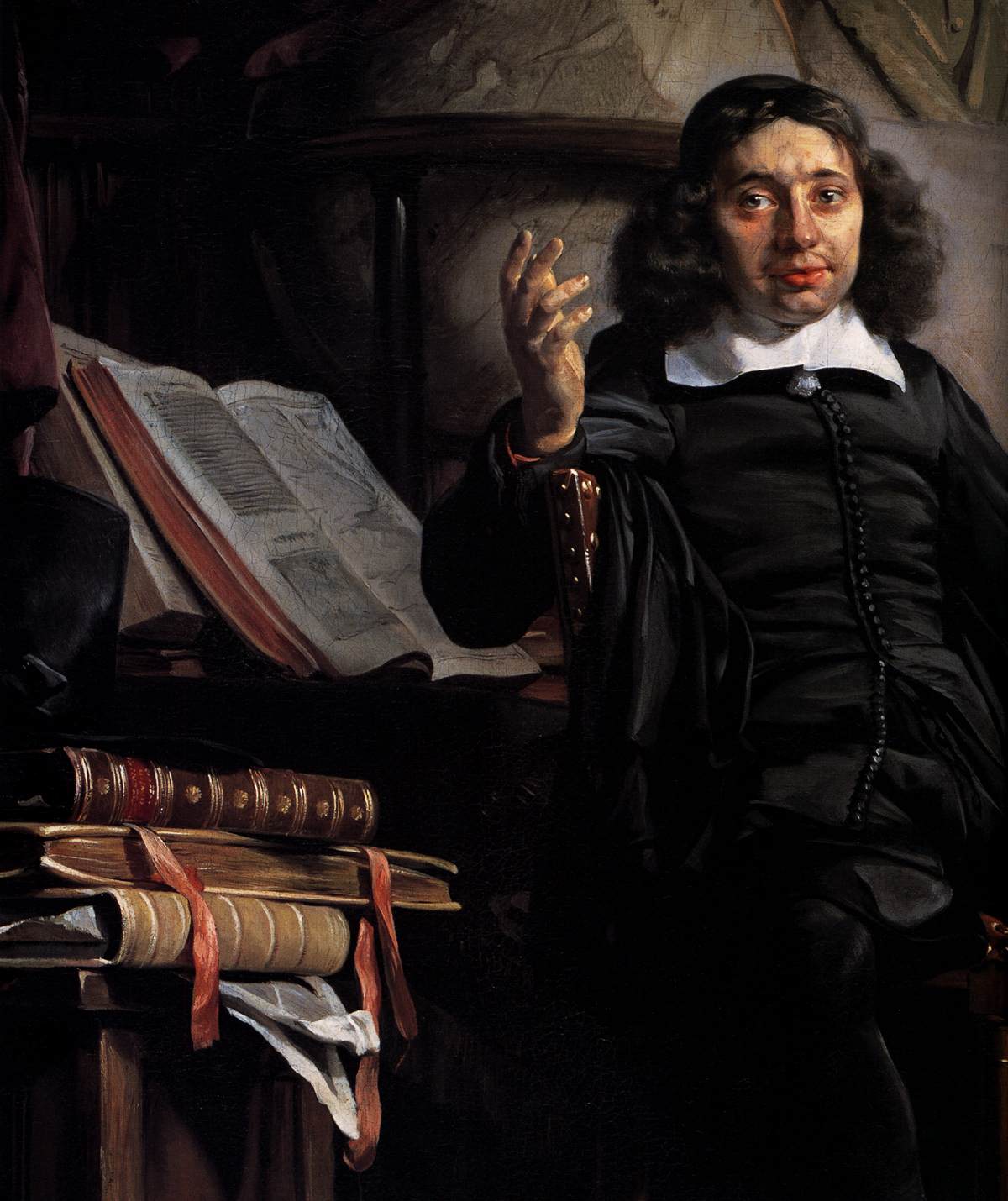Dutch painter, the son of the painter Salomon de Bray and his wife Anna Westerbaen, who were married on 13 May 1625. Jan, who was born in about 1627, was probably their eldest son. His younger brothers, Dirck and Joseph, were also active as artists.
Jan most likely received his training in the studio of his father Salomon. His earliest drawing dates from 1648 and his first known painting from 1651. He may well have had a hand in some of his father's early commissions during his period as an apprentice. In the 1650s, Jan de Bray emerged as an outstanding portraitist, although he also took an interest in historical subjects. Even before the death of Verspronck in 1662 and the octogenarian Frans Hals in 1666, Jan de Bray became the leading portraitist in Haarlem. In the mid-sixties he received four commissions for life-size collective portraits of governors from the city's charitable institutions. Except for his first efforts in the early fifties, little in his oeuvre recalls the old master, Frans Hals. He often adopted the colourful palette and smooth, limpid manner of van der Helst, qualities evident in his historiated portraits. His contact with Haarlem's classicizing artists, particularly his father Salomon, who was his teacher, made assimilation of these aspects of van der Helst popular style an easy step.
The earliest document relating to him is a will he drew up in 1664 naming his brother Dirck as his sole heir. Jan must have gained a considerable reputation in the following years, as he was appointed warden of the Haarlem Guild of St Luke in 1667, and dean in 1671/72,1676, 1681 and 1684/85. He was married in Haarlem in 1668 to Maria van Hees, who died, possibly in childbirth, the following year. In 1671, the widowed Jan de Bray drew up his second will, once again naming his brother Dirck as his sole benefactor.
In 1672, Jan married Margaretha de Meyer in Osdorp. He and his wife drew up a will in 1673, but Margaretha died before the year was out. Jan's fourth will dates from the same year. He was married for the third time in 1678, this time to Victoria Stalpert van der Wielen, the daughter of a distinguished Roman Catholic family. In the same year, both Jan and his wife drew up wills - Jan's fifth - shortly before Victoria died in childbirth in 1680.
By this time, Jan was also working as an architect: designs for a church for the United Mennonite Congregation in the Peuzelaarsteeg in Haarlem date from 1682; the church itself bears the date 1683 on its facade. In the same year he drew up another will, naming as one of his heirs Johan Lucas de Bray, the son born of his marriage to Victoria Stalpert. It is not known how long this child survived.
In 1688, Jan de Bray was said to be living 'Op de lindegraght int Schip de Walvis' in Amsterdam. That year, he presented a detailed proposal to the burgomasters of Amsterdam concerning the construction of a freshwater reservoir near the Amstel river. De Bray may thus be seen as the originator of our present-day water towers.
On 21 April 1689, a petition was submitted to the Supreme Court: Jan de Bray had evidently incurred debts through 'misfortune and loss' which he was not in a position to pay. He applied for a dispossession order and was subsequently declared bankrupt. In 1692, Jan de Bray became a burgher of the city of Amsterdam, where he remained until his death in 1697. He was buried in Haarlem, however, on 4 April of that year. Certain circumstances of his life, such as his marriages to Catholic women, suggest that De Bray was probably a Catholic as well.
//
![]()









